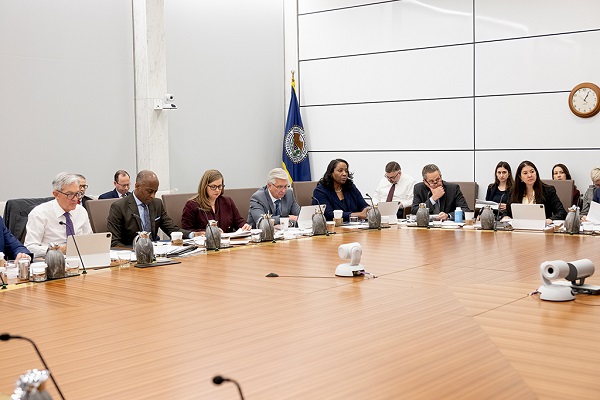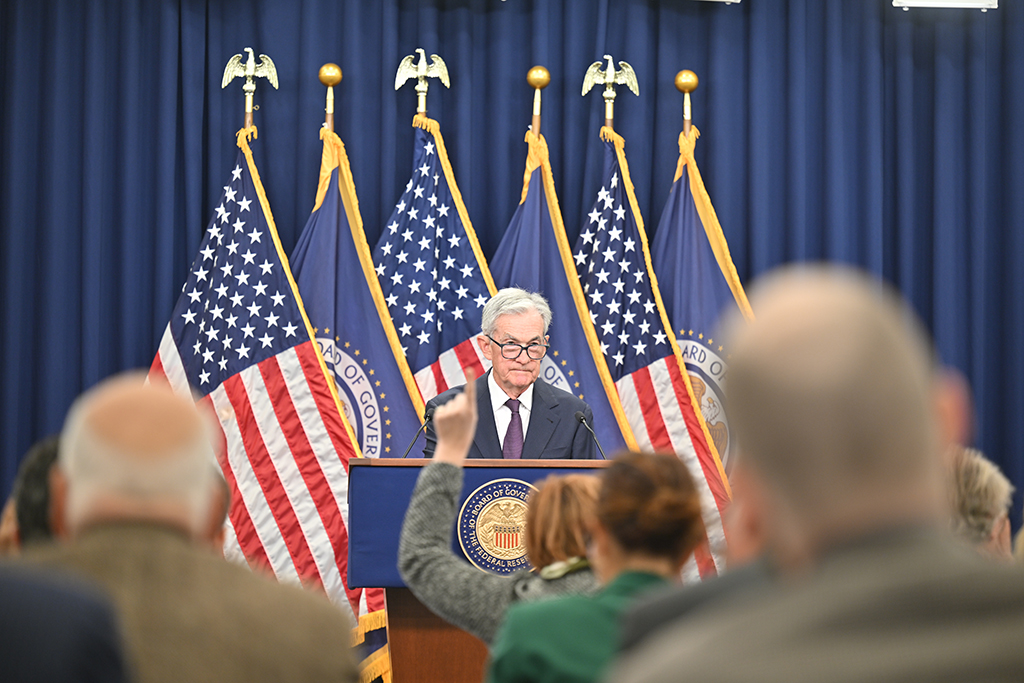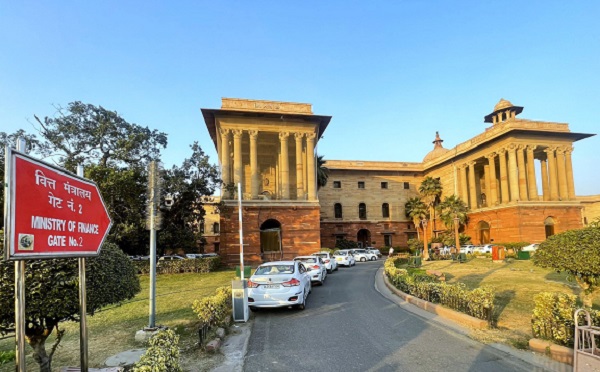.png)
July 31, 2025 at 2:11 AM IST
The US Federal Reserve held its benchmark interest rate steady in a closely watched decision on Wednesday, keeping the target range at 4.25% to 4.5% for the fifth consecutive meeting. However, the Federal Open Market Committee’s 9-2 vote marked a rare and significant split, with two Republican-appointed governors, Christopher Waller and Michelle Bowman, dissenting in favour of an immediate rate cut. It was the first time since 1993 that two members of the Board of Governors voted against a consensus decision.
The FOMC consists of twelve members--the seven members of the Board of Governors of the Federal Reserve System, the president of the Federal Reserve Bank of New York, and four of the remaining eleven Reserve Bank presidents, who serve one-year terms on a rotating basis.
The dissent highlights a deepening divide within the Fed as it faces a complicated economic landscape marked by moderate growth, lingering inflation, and rising political pressure. Waller and Bowman, both seen as potential candidates to succeed Jerome Powell, have publicly expressed concerns about the economic impact of sustained high rates. Waller, in particular, has downplayed the long-term inflationary effects of new tariffs, suggesting price pressures will likely ease next year.
The FOMC statement noted that economic growth "moderated in the first half of the year," and acknowledged that "uncertainty about the economic outlook remains elevated." Although Fed projections from June suggest two rate cuts could still be on the table this year, likely starting in September, Powell made clear no decision has been made.
“We have made no decision about September,” Powell said in his post-meeting press conference. “When we have risks to both goals, one of them is farther away from goal than the other—and that's inflation,” he explained. With inflation still at 2.7%, well above the Fed’s 2% target, Powell argued a “modestly restrictive” policy remains appropriate for now.
Trump, meanwhile, renewed his attacks on the central bank. In a Truth Social post earlier on Wednesday, he seized on stronger-than-expected 3% GDP growth in April-June to pressure the Fed to lower rates.
Though he has previously mocked Powell as a “numbskull” and “too late,” Trump recently visited the Fed and said he does not intend to fire him, despite past threats.
He is yet to comment on the July decision.
Powell acknowledged that higher import duties are beginning to show up in consumer prices, referencing the June inflation report. “It’s starting to show up,” he said, but added that the full economic impact remains uncertain. “We expect to see more of that,” he said, noting that businesses intend to pass those costs on to consumers. “They may not be able to in many cases,” he added.
While Powell described the inflationary impact of tariffs as possibly transitory “a one-time shift in the price level”, he also cautioned that the effects could be more persistent, which remains “a risk to be assessed and managed.”




